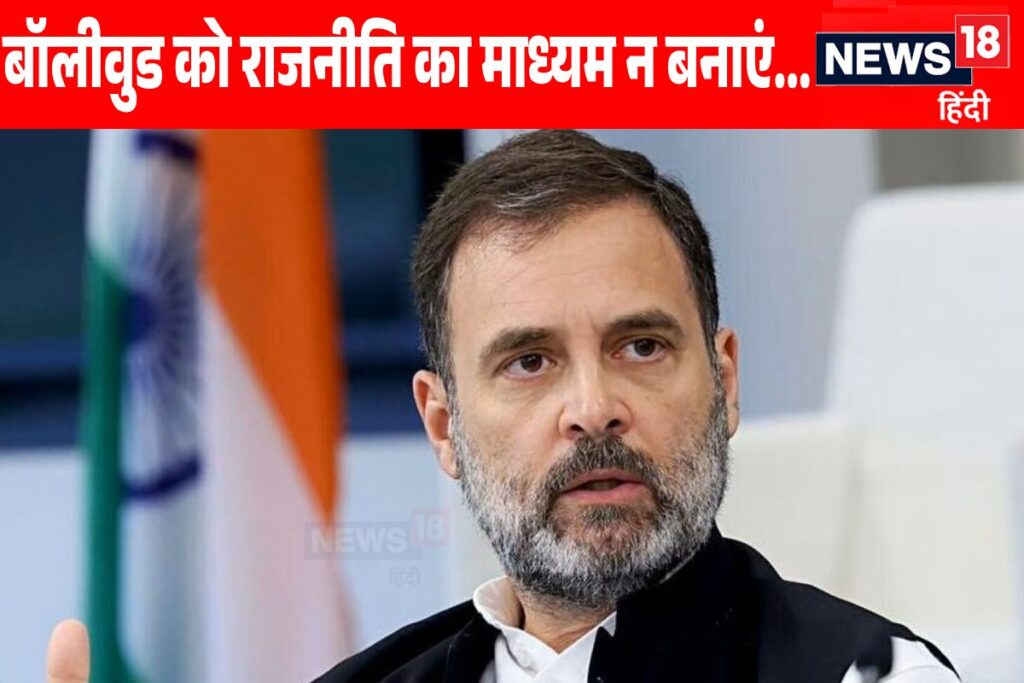Introduction
In recent discussions, Congress leader Rahul Gandhi has been examining lists of former Miss India winners, pointing out the absence of Dalit, tribal, or OBC women among the victors. His remarks have since sparked dialogues on the representation of these communities in Bollywood, with claims that such individuals are underrepresented in the industry. However, this narrative overlooks numerous successful actresses from these backgrounds who have made significant contributions to Indian cinema.
Understanding Representation in Bollywood
Bollywood, as one of the largest film industries in the world, plays a crucial role in shaping societal perceptions and norms. The careers of actors and actresses influence not only popular culture but also how communities are viewed and represented on screen. Thus, the underrepresentation of marginalized communities is a concern that resonates beyond the silver screen.
Prominent Dalit and OBC Actresses in Bollywood
Despite the claims of a lack of representation, several prominent actresses from Dalit, tribal, and OBC backgrounds have not only succeeded in Bollywood but have also paved the way for others. Here’s a closer look at some of these trailblazing figures:
| Name | Background | Notable Works |
|---|---|---|
| Deepika Padukone | OBC | Piku, Padmaavat, Chhapaak |
| Swara Bhasker | OBC | Nil Battey Sannata, Veere Di Wedding |
| Shabana Azmi | Dalit Muslim | Arth, Masoom, Fire |
| Meena Kumari | OBC | Pakeezah, Baazi |
Challenges Faced by Dalit and OBC Talent
While there are successful figures in Bollywood from Dalit and OBC communities, they often face unique challenges, including typecasting, limited roles, and a lack of visibility in mainstream cinema. This can perpetuate stereotypes and hinder the emergence of new talent from these backgrounds.
The Path Ahead: Enhancing Representation
To address the representation issue effectively, the industry must actively seek and promote talent from diverse backgrounds. This includes creating roles that reflect the complexities of these communities, thereby ensuring that cinema becomes a true mirror of society. Moreover, initiatives like mentorship programs can foster the next generation of actors from underrepresented groups.
Conclusion
In conclusion, the assertion of a lack of Dalit, tribal, or OBC representation in Bollywood is an oversimplification. While progress has been made, ongoing dialogues and efforts are essential to further enhance representation in the industry. By recognizing and celebrating the contributions of actresses from these backgrounds, Bollywood can better reflect the richness of India’s diverse societal fabric.
